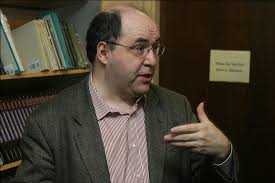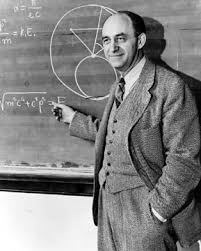
In yesterday's post I asked why economics doesn't have a few laws of nature that could prevent people from basing decisions on the financial equivalent of a perpetual motion machine. Enter the econophysicists, academics, ( usually physicists delving outside the field and not economists borrowing from physics ), who want to apply the rigorous mathematical methods of physics to understanding the economy. By modeling the economy as a collection of minor actors, like the molecules of gas,
they hope to uncover how individual actions give rise to the emergent, large-scale phenomena that have sweeping effects—the booms and busts that take us by surprise.







